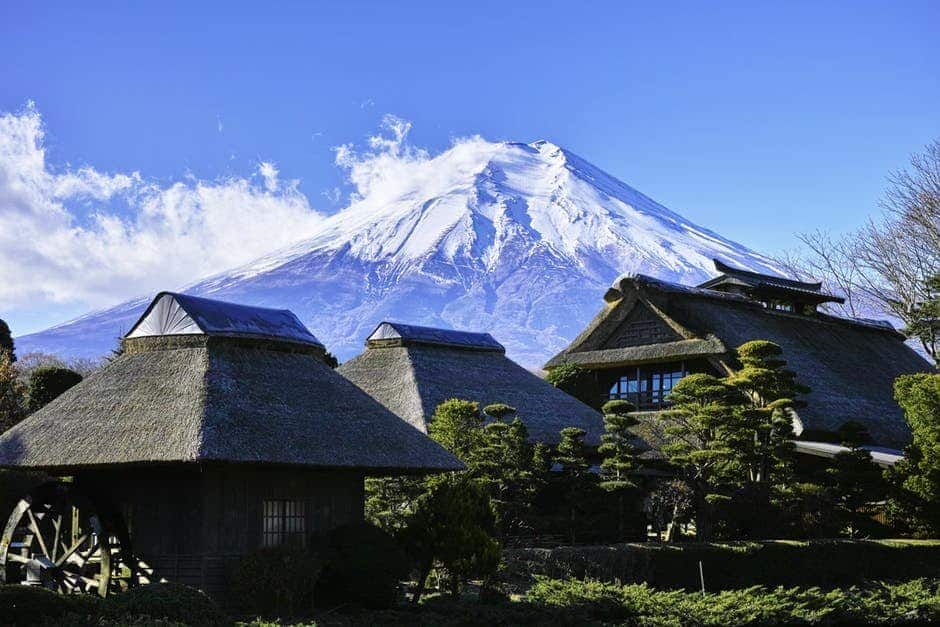
The Ultimate Kilimanjaro Training Guide
Around 35,000 people take on
the ultimate Kilimanjaro every year, but only 45% make it to the top.
And it’s the not surprising, as Africa’s tallest mountain looms at
19,341 feet.
Luckily, there are many ways to prepare your climb. Not sure where to start? Don’t worry, here’s everything you need to know.
Improve Your Aerobic Fitness
When training for climbing, it’s important to focus on aerobic training, otherwise known as cardio. This includes activities like long-distance jogging, swimming, and cycling.
Aerobic training uses oxygen to meet energy demands of exercise, the same demand as climbing Mount Kilimanjaro. Building your cardiovascular system helps you process limited oxygen more efficiently, essential when you’re at a high altitude.
If you’re unfit and training for Kilimanjaro, give yourself four months to work on running at least five kilometers three times a week. You can use a treadmill but set a consistent pace and adjust the slope into a slight incline.
For those who already do cardio, continue your exercise regime but kick it up a notch a month before your climb.
Work On Your Endurance
As you climb Mount Kilimanjaro, you’ll hear “Pole, Pole” which means: “Slowly, Slowly“, in Swahili. When training for Kilimanjaro, you must also work on your endurance.
Climbing Kilimanjaro takes multiple days, from five to eight, so it’s important your body can handle sustained activity over a stretch of time. If you’re a runner, swap long runs for long walks and do these consecutively.
If you’ve never hiked before, start with shorter distances, at a slower pace, and without your backpack. Gradually, as your fitness improves, increase all of them to help build your endurance. On Mount Kilimanjaro, you’ll walk slowly for long periods, carrying around 20 pounds in your backpack.
Note that many climbers hire porters who not only handle their bags but also share their expertise and guide you on the climb.
Aim to train three times a week, for at least one hour at the minimum. You can also carry your backpack and use a StairMaster for two hours to reap similar benefits. It’s important to do the most intense workouts a month before you leave, and give your body two weeks to recover so it has time to recover for Kilimanjaro.
Do Strength Training
Not sure how to train for mountain climbing?
Make sure you
work on your strength by carrying weight in your training. This is true
for those carrying a backpack as they ascend the mountain.
You must focus on your legs, core, and upper body. Try the following:
- Lunges
- Squats
- Leg curls
- Sit-ups
- Shoulder presses
Alongside this, practice hiking up and down hills as it’s the best simulation for climbing Mount Kilimanjaro.
To build your strength, do two long-distance hikes that are longer than five hours. This means you’ll understand what a long-distance hike is like, how difficult the terrain is, and how it feels to go up and down as it impacts people’s knees and joints differently.
Gradually increasing the length of your hikes will boost your stamina and prepare your feet for walking long distances.
Break-In Your Equipment
The last thing you need climbing Mount Kilamanjaro is stinging blisters on the first day of the hike.
Break-in
your hiking boots by hiking 40 kilometers so there’s no risk of
chafing. If anything causes discomfort, adjust so you can start your
Kilimanjaro hike comfortably.
Train at Altitude
Humans can go up to 8,000 feet with zero effect but on Kilimanjaro, most of the climb is at a high altitude.
You should prepare your body for altitude sickness by exercising at
high altitude as much as possible. Aim to do a long-distance hike at
high altitude over the weekend and camp overnight so you get used to
sleeping at an altitude too.
High altitude training systems,
which you can use at home, simulate high altitudes which lets your body
adapt. This means you’ll have a higher success rate for your climb as
you’ll know what to expect.
Get a Medical Check-Up
You must have a medical check before embarking on the climb.
Discuss
the situation with your doctor to see if high altitude trekking is
advisable for your age, fitness level, and current health. You should
also ask if any existing medical conditions will affect the climb or if
your medication can affect altitude acclimatization.
There isn’t
a maximum age for climbing Mount Kilimanjaro but, because the climb is
strenuous, there are health risks to those in high-risk categories.
Mentally Prepare Yourself
Your mental attitude can either make or break your climb. As you push
the limits of your physical training, it’s crucial that you pair it
with a positive attitude.
As you climb Mount Kilimanjaro,
remind yourself of the thousands of people who have reached the summit
before you, and you can do it too. But, there are inevitable times where
there are difficult stages, and you may want to give up.
Instead,
you must continue thinking positively about the path ahead. A great way
to do this is participating in marathons, or half marathons, as you
have to draw on your mental reserves to pass through the finish line.
Being able to do this means you’ll be far more prepared for Mount
Kilimanjaro.
That’s How You Train For the Ultimate Kilimanjaro
You can take on the great Kilimanjaro with the right physical training, and the right mindset. Give yourself six months to train, focusing heavily on cardio, so your body builds strength and endurance. Good luck!
If you’re hoping to do an African safari, we’d love to chat. Contact us here for more details.


